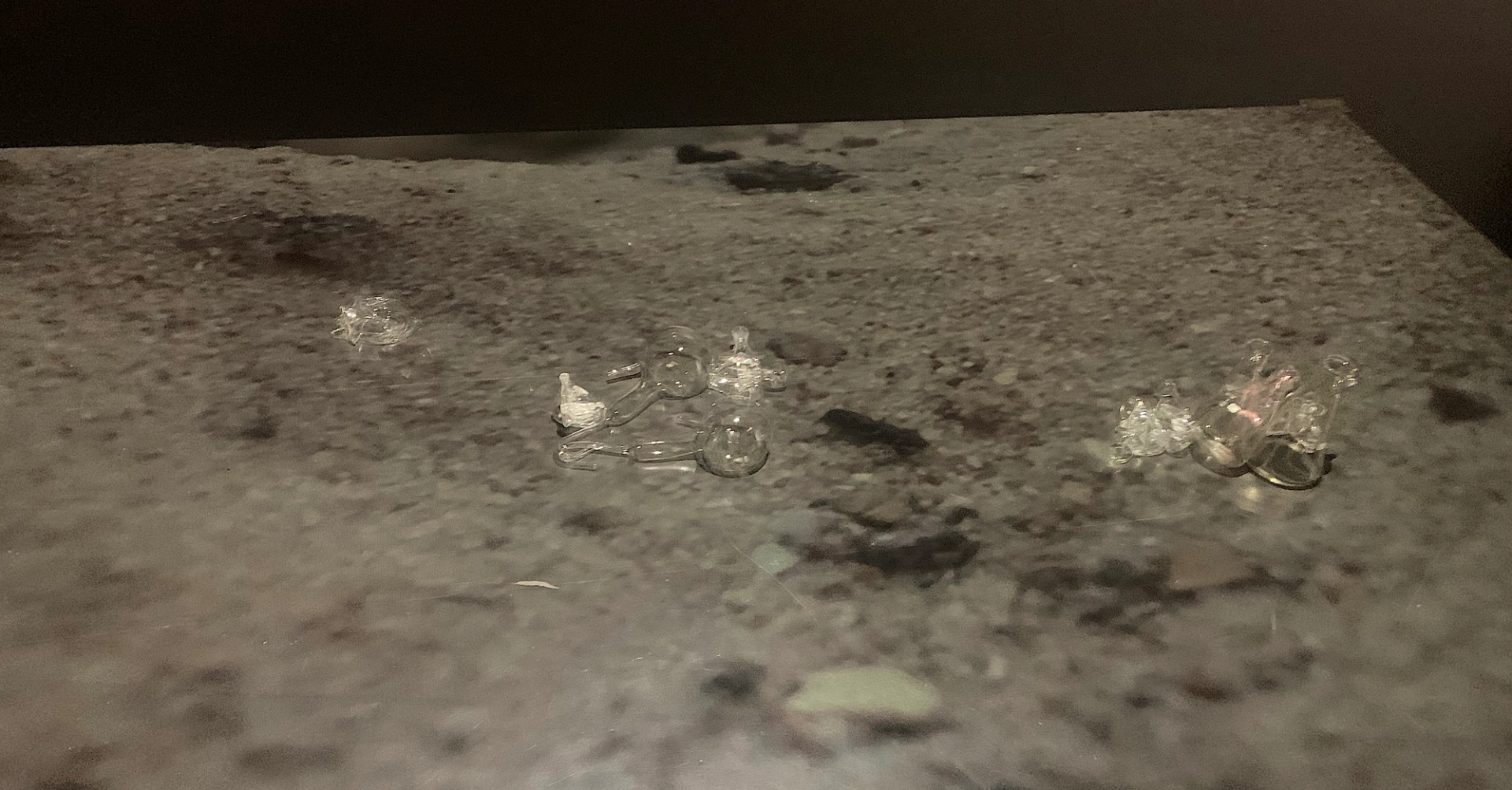
Mercurybodies2: Composting Slow Violence
"How deep is deep, how long does love last?" How does a Riverbed, 1000 years distant from here, respond to the slow violence processes of extractivism in the present? Its sandbanks have dissolved, crabs are hiding in remaining caves. In symbiosis with water, bacteria and algae, they tend to turn sediment into soil. Who cares about sand? Mining sand is found everywhere, in the mega-infrastructures of the present, in the cement of our dwellings, and in the respiratory tracts of inhabitants. Environmental toxins infuse sand, fossilize into micro-islands, nobody dares to touch them. In zones of enormous heat, sand melts into glass. But, how do you turn contamination into compost? The crabs, their love and violence, have developed circuit boards and sensors, working their way through the cables and computing units. River sediments transform into data clouds. The chemical violence of mercury has been augmented by the violence of AI-assisted mining algorithms exploring the Riverbed for minerals. Sand swirls into the mesh of mining data, forming a second skin.
digital film, melted laboratory glass, AI-image generator, voices, sound knowbotiq in collaboration with Entre Moléculas (Sound: Pablo Torres, Voices: Elizabeth Gallón Droste, Claudia Howald, Yvonne Wilhelm, Christian Huebler) and the support of Más Arte Más Acción and Fundaçion Mareia.
Video: Mercurybodies: Composting Slow Violence
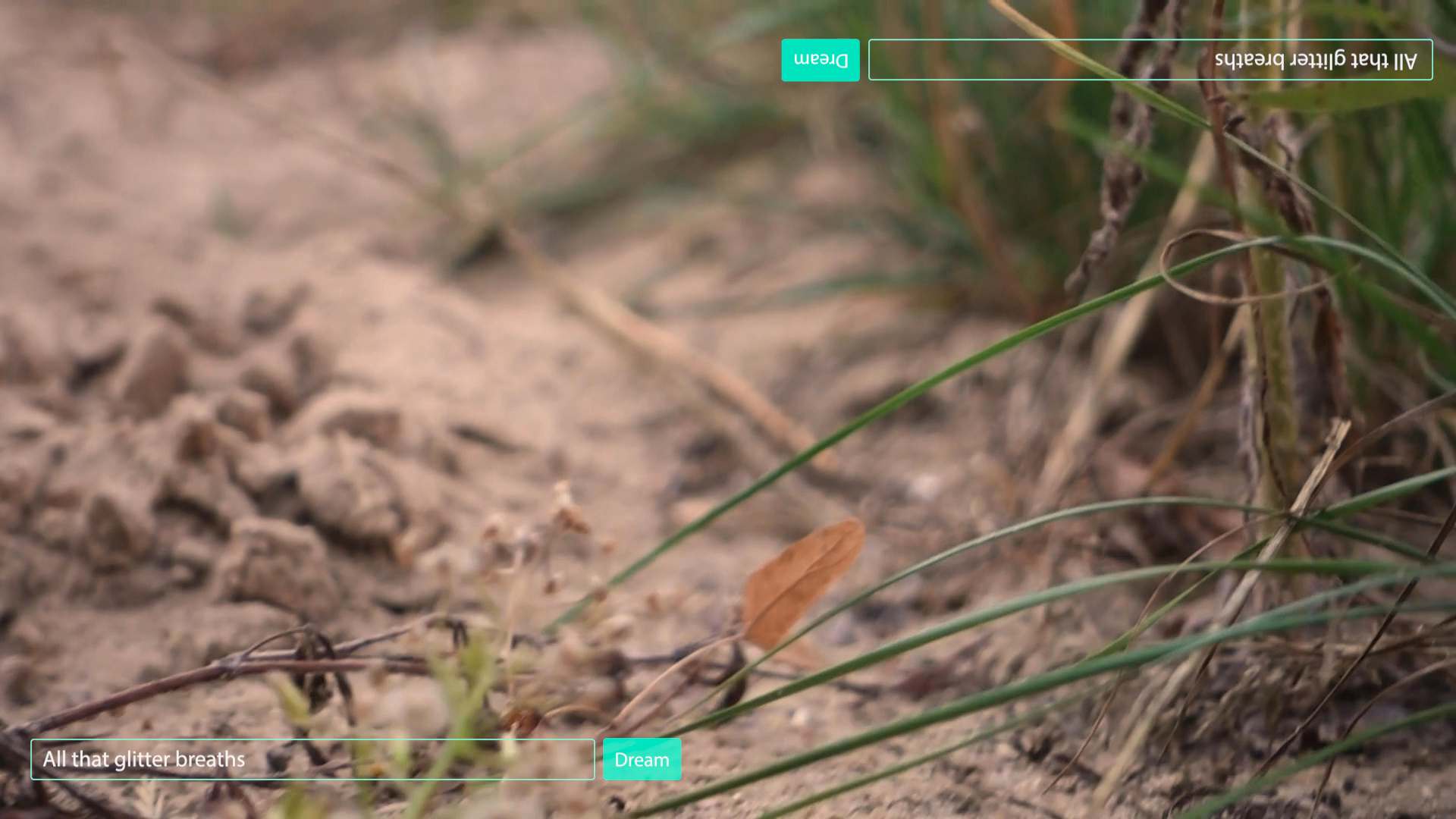




Mercurybodies: Slow Violence
Installation views


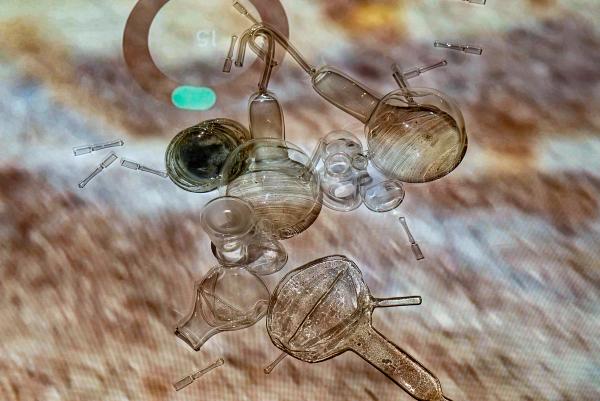
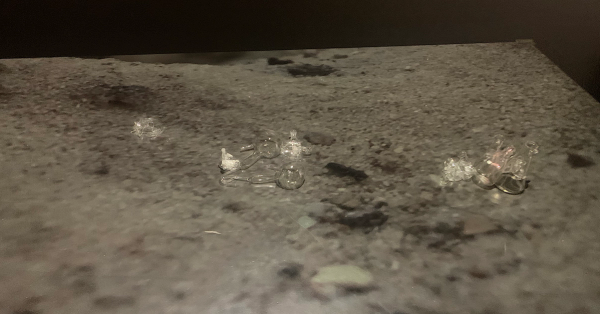

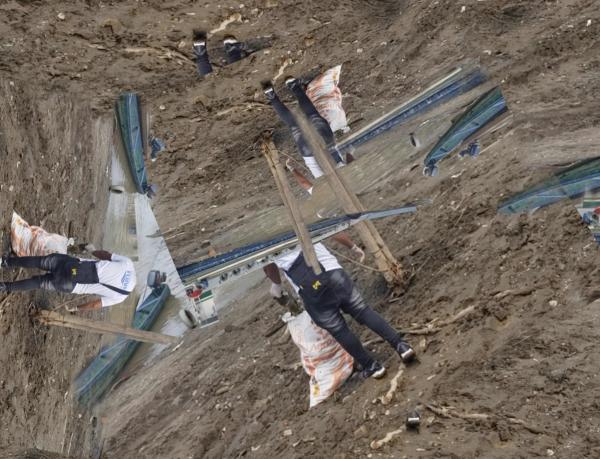
Composting Slow Violence: Sand patched Landscape remote listening session by Entre Moléculas
sand patched landscape
Relational Writing - screenshot

11 Sand patched Voices, collective compost bin in progress https://padlet.com/entre_moleculas/sand-box-patches-h6huctq8lbvm231l
Research materials
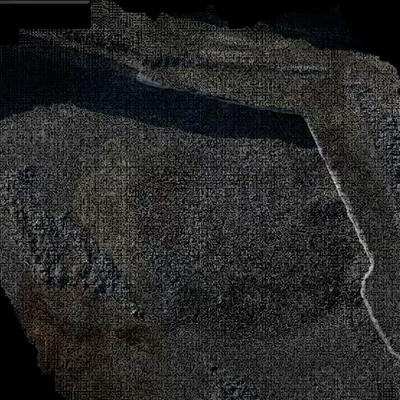
AI

AI
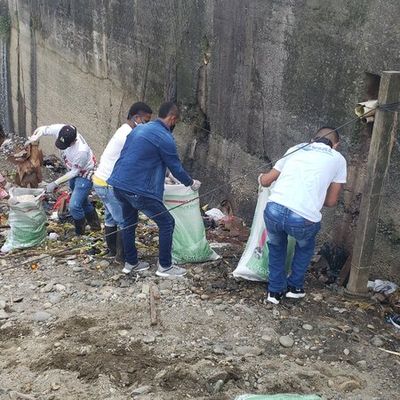
on site
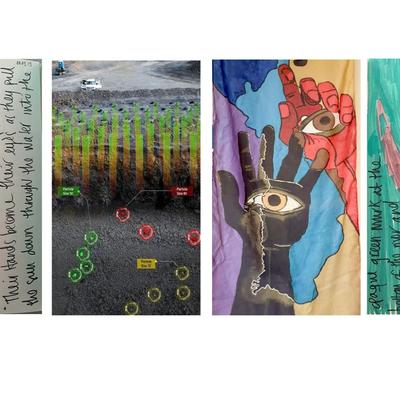
relational materials
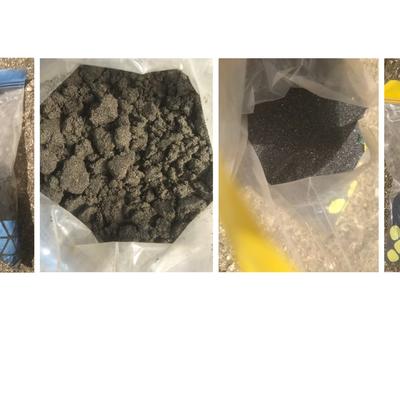
relational materials
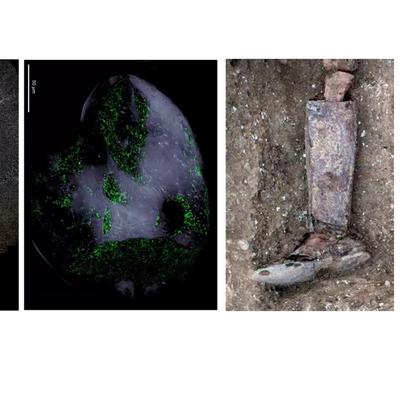
relational materials
Melting
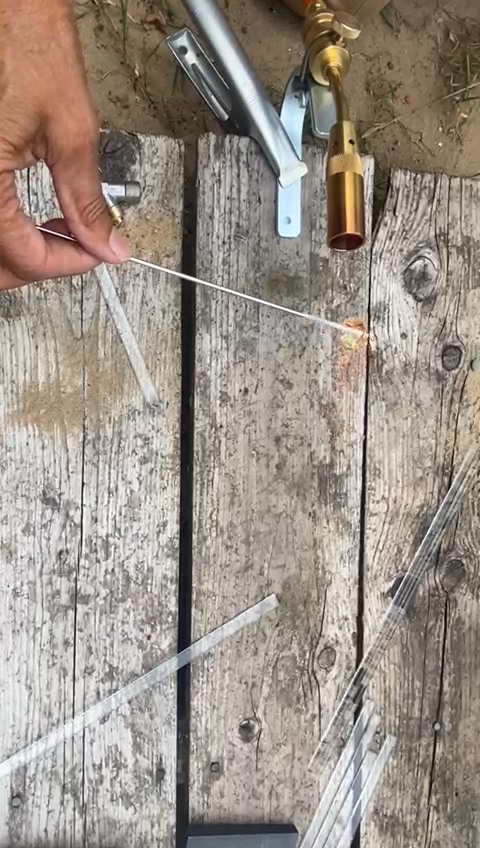




Composting Slow Violence